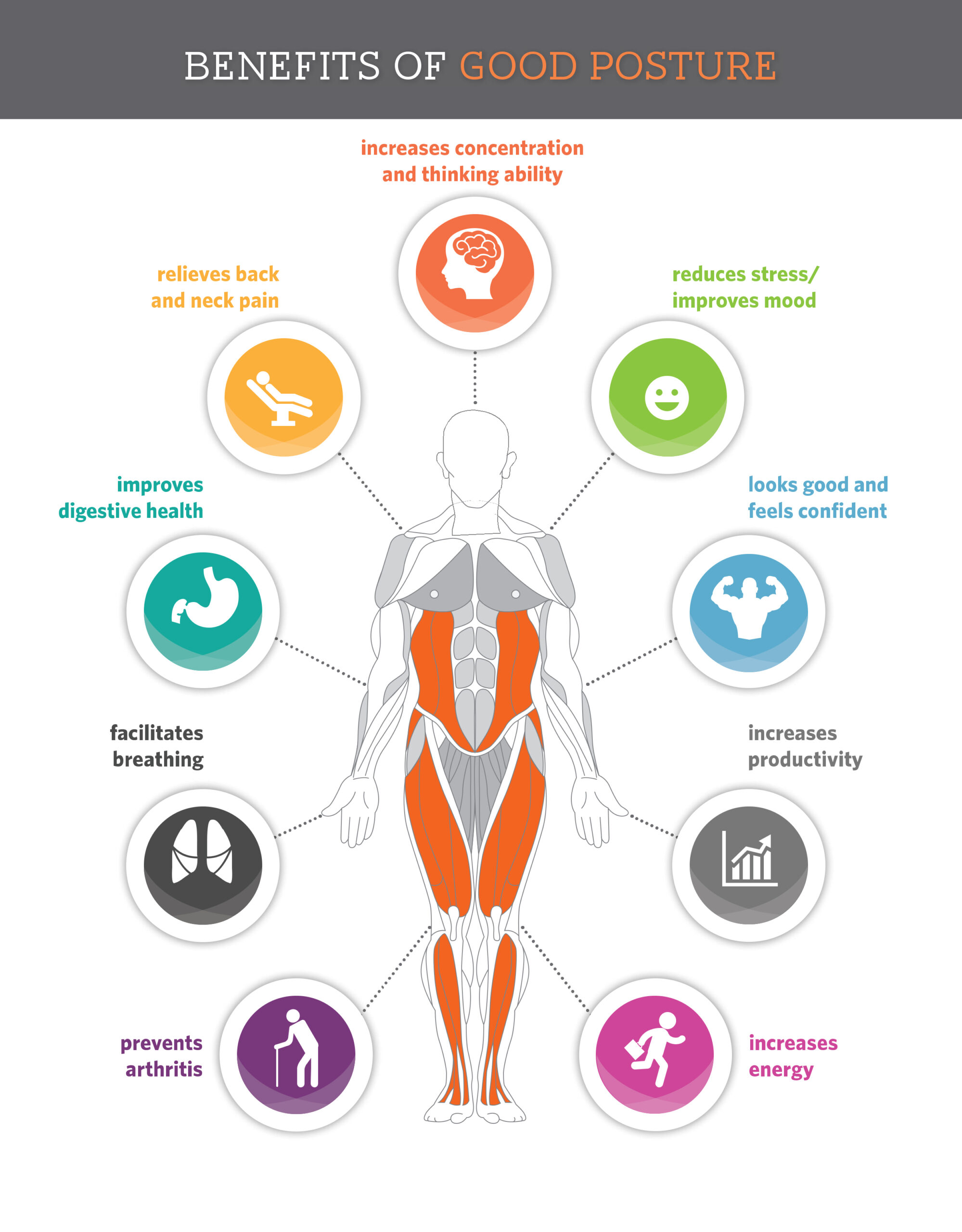Enhancing Well-Being and Productivity: The Importance of Ergonomics in the Office and at Home
In today’s fast-paced world, where we spend a significant amount of time working and engaging in various activities, our physical well-being and productivity can be greatly influenced by our environment. Whether we are in an office setting or working from home, creating an ergonomic workspace is crucial. Ergonomics, the science of designing and arranging our environment to fit our needs, plays a vital role in promoting comfort, health, and efficiency. In this blog, we will explore the importance of ergonomics in both office and home environments and how it positively impacts our lives.
Enhancing Comfort:
Ergonomics primarily focuses on optimizing comfort levels, ensuring that our bodies are well-supported and free from unnecessary strain. In an office or home office setting, comfortable furniture, such as adjustable chairs with lumbar support and ergonomic desks at the correct height, can prevent posture-related issues like back and neck pain. By promoting proper alignment of the body, ergonomics reduces discomfort, fatigue, and the risk of developing musculoskeletal disorders.
Promoting Health and Safety:
Maintaining good health and ensuring safety are paramount in any environment. Poor ergonomics can lead to a host of health issues, including repetitive strain injuries (RSIs), carpal tunnel syndrome, and eye strain. By incorporating ergonomic principles, such as positioning computer monitors at eye level, using ergonomic keyboards and mice, and organizing workstations efficiently, we can minimize the risk of these ailments. Ergonomics also emphasizes the importance of taking regular breaks and engaging in stretching exercises to combat the sedentary nature of desk jobs.
Increasing Productivity:
A well-designed workspace positively impacts productivity. When individuals are comfortable and free from discomfort, they can concentrate better, maintain focus, and complete tasks efficiently. Ergonomic office chairs, for instance, can improve concentration and reduce the frequency of breaks due to discomfort. Additionally, by reducing the risk of injuries and health-related issues, employees can experience fewer absences and perform at their best.
Creating a Positive Work Environment:
Implementing ergonomics not only benefits individuals but also contributes to creating a positive work environment. When employees feel that their well-being is prioritized, morale improves, leading to increased job satisfaction and reduced stress levels. Ergonomics demonstrates an employer’s commitment to the health and safety of their staff, fostering a culture of care and support.
Extending Ergonomics to the Home:
With the rise of remote work and flexible arrangements, it is equally important to consider ergonomics in the home environment. Many individuals have transformed their living spaces into home offices, blurring the lines between work and personal life. By adopting ergonomic practices at home, such as having a designated workspace, ergonomic seating options, and appropriate lighting, we can create a healthy work-life balance and minimize the negative impact of extended screen time.
Conclusion:
Ergonomics is a fundamental aspect of our professional and personal lives. By prioritizing comfort, health, and safety, both in the office and at home, we can significantly improve our well-being and productivity. Employers should invest in ergonomic furniture and educate their employees about the importance of ergonomics. Similarly, individuals working from home should create a conducive environment that supports their physical and mental health. Ultimately, by embracing ergonomic principles, we can foster a harmonious balance between work and life, leading to a happier and more productive existence.

